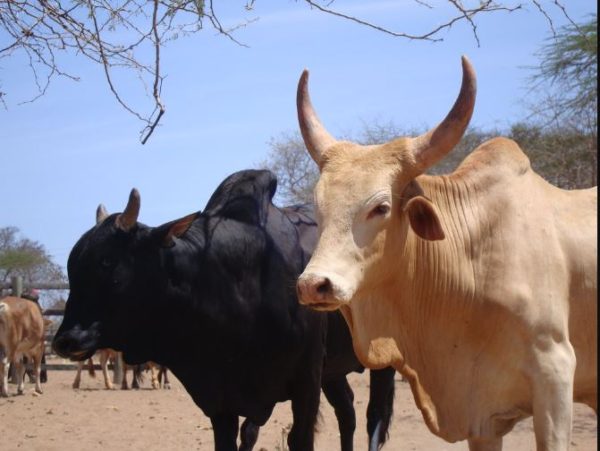New technologies for the automation of cattle feeding are good for the animals and allow the farm to cut down on waste, reduce workloads and diesel consumption. At Eima, the world exhibition of agricultural machinery, the focus is on automated cattle sheds that also improve production quality.
They improve the quality of production and the state of animal welfare. They also have a positive impact on the sustainability of the farm’s business, both economically and socially. They are the stables equipped with automation systems for rationing the feeding of dairy and beef cattle. They reduce human error in feeding, so that the animals are always guaranteed the nutrients they need. And they also allow the farmer to reduce waste, workloads and diesel consumption, with benefits for the sustainability of production.
“With the automation of rationing, the result is a significant improvement in the health conditions of the cattle,” says Massimo Brambilla, a researcher at Crea, the Centre for Engineering Research and Agro-Food Processing. “In this way, there are also no changes in the composition of the milk. It is precisely Crea, in the context of the 45th edition in Bologna of Eima, the exhibition of agricultural machinery, that is responsible for the focus on new technologies for cutting-edge stables where animal welfare, a condition increasingly demanded by the end consumer, goes hand in hand with the reduction of production costs.
“Today – continues Brambilla – there are systems that provide great accuracy in the analysis, mixing and weighing of feed, eliminating all those inefficiencies and errors that affect the animals, who do not receive all the nutrients they need. The possibility of splitting rations into many small feedings is also a further benefit for the cattle, who always have fresh feed at their disposal.
These hi-tech automation systems also make it possible to measure the uniformity of the fodder and the length of the fibres that make it up. Once trained, the farmer can operate them with great ease, programming rationing times at high frequency. In this way the operator intervenes, but a large part of the work is done by the machine. Also the result of the latest technology, the feed pushers, small robots that are feed distribution systems, which also check where the animal has already eaten, to ensure that it has as many fresh ingredients as possible.








